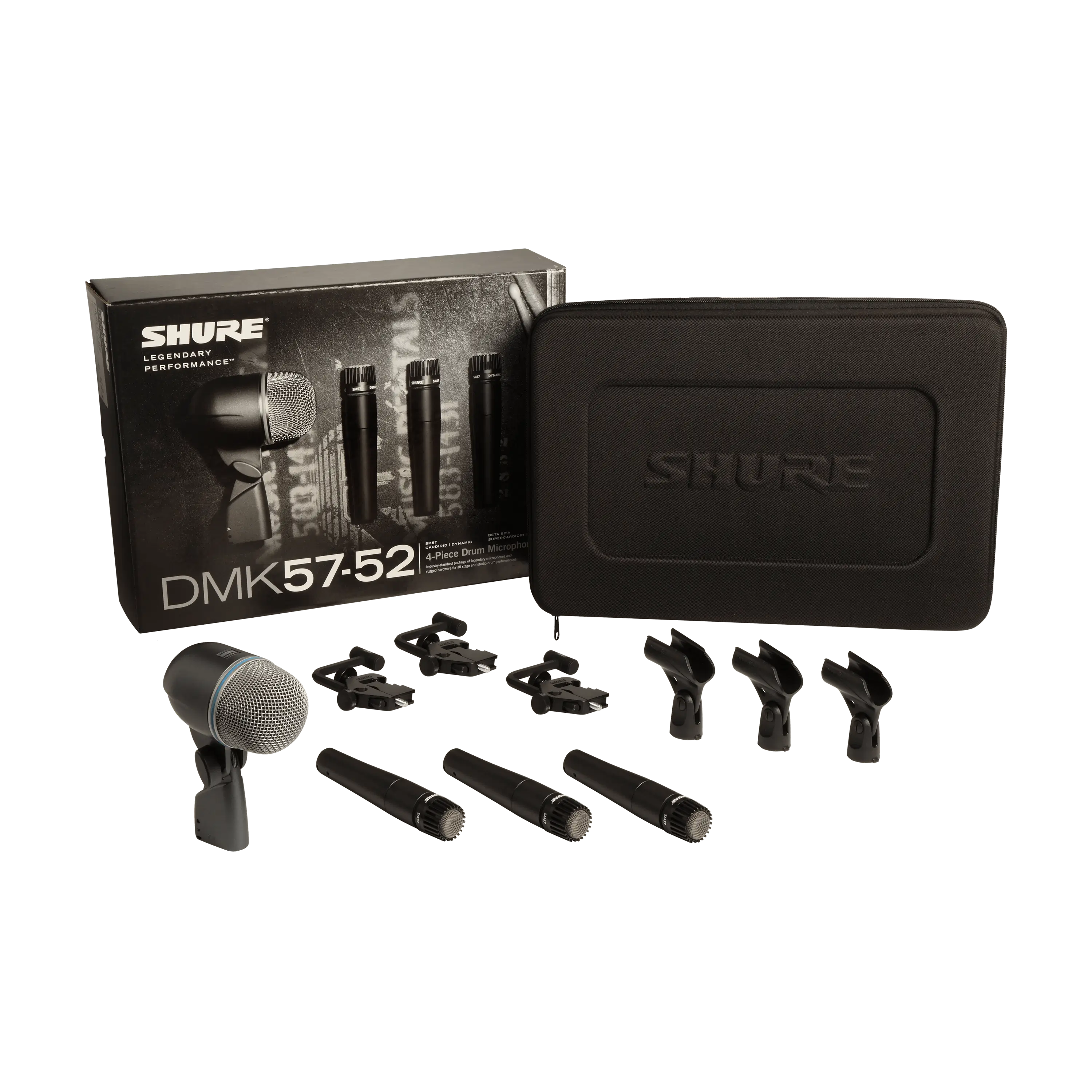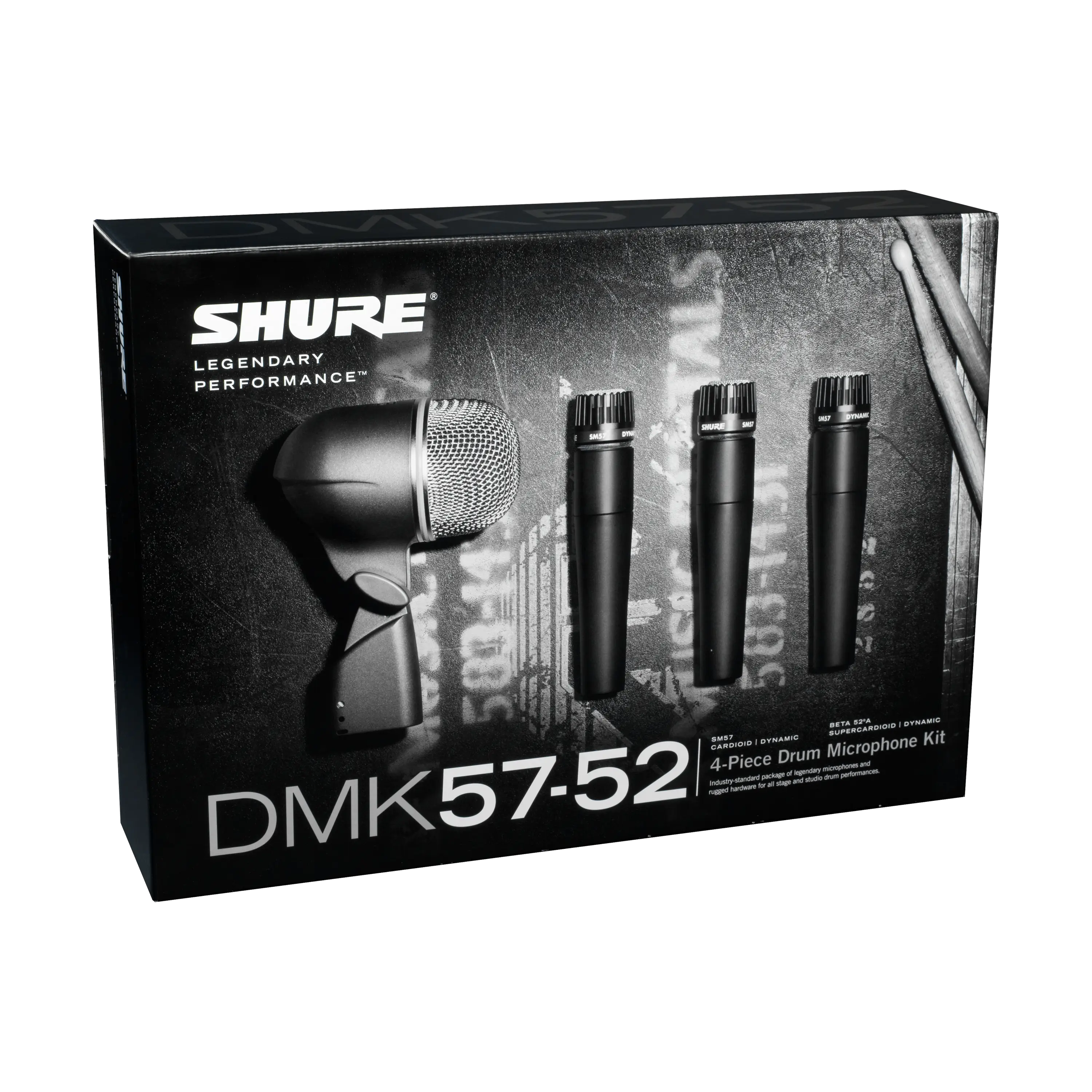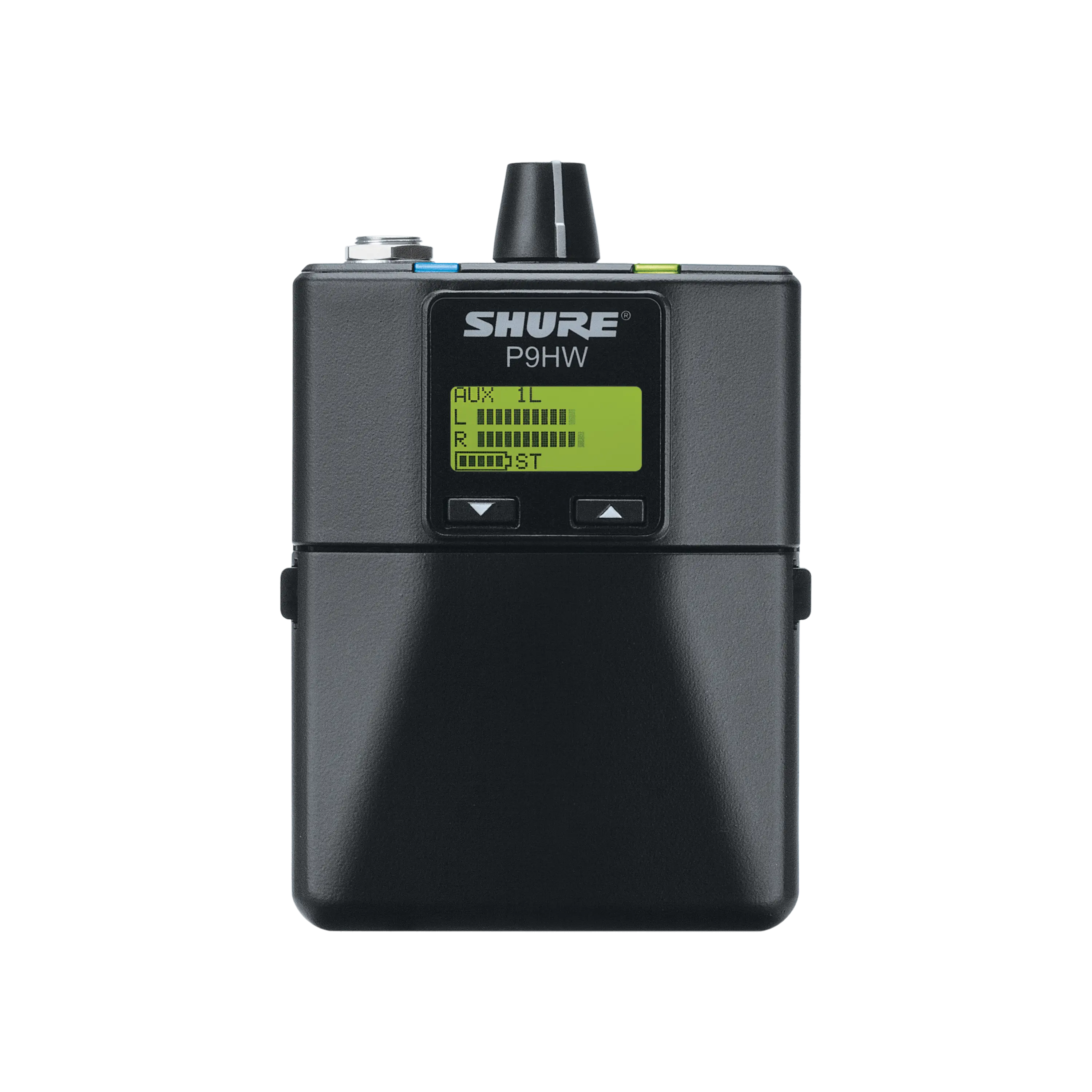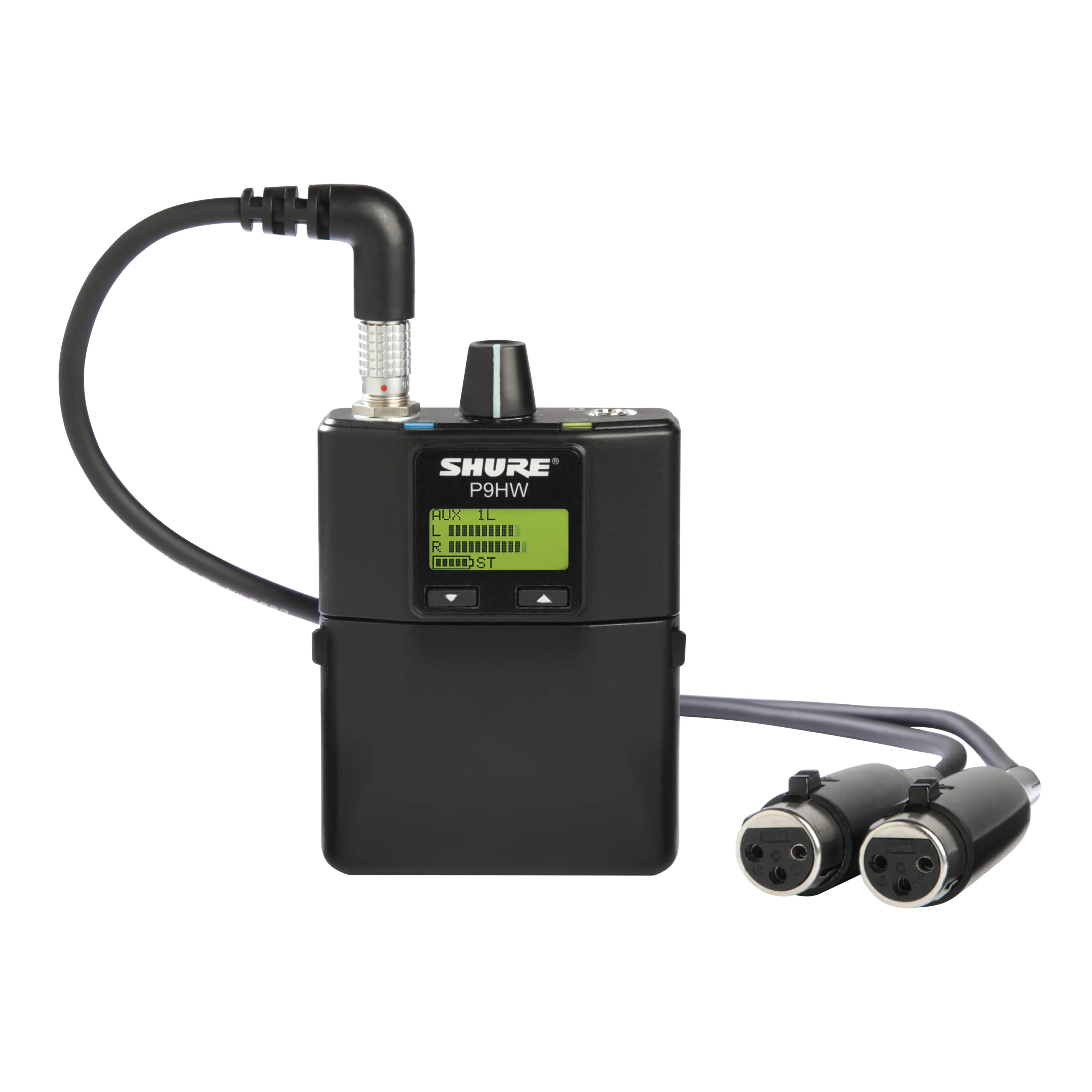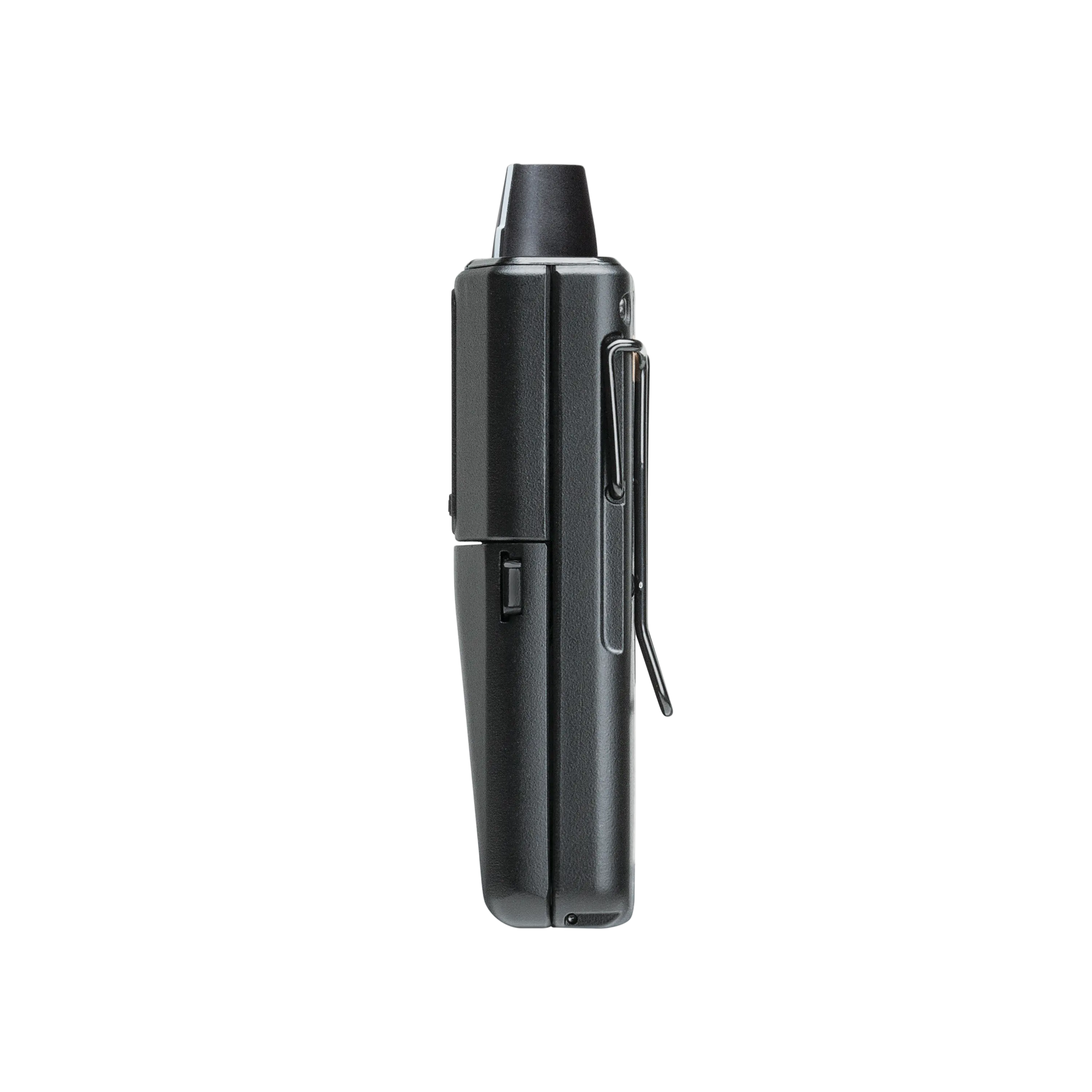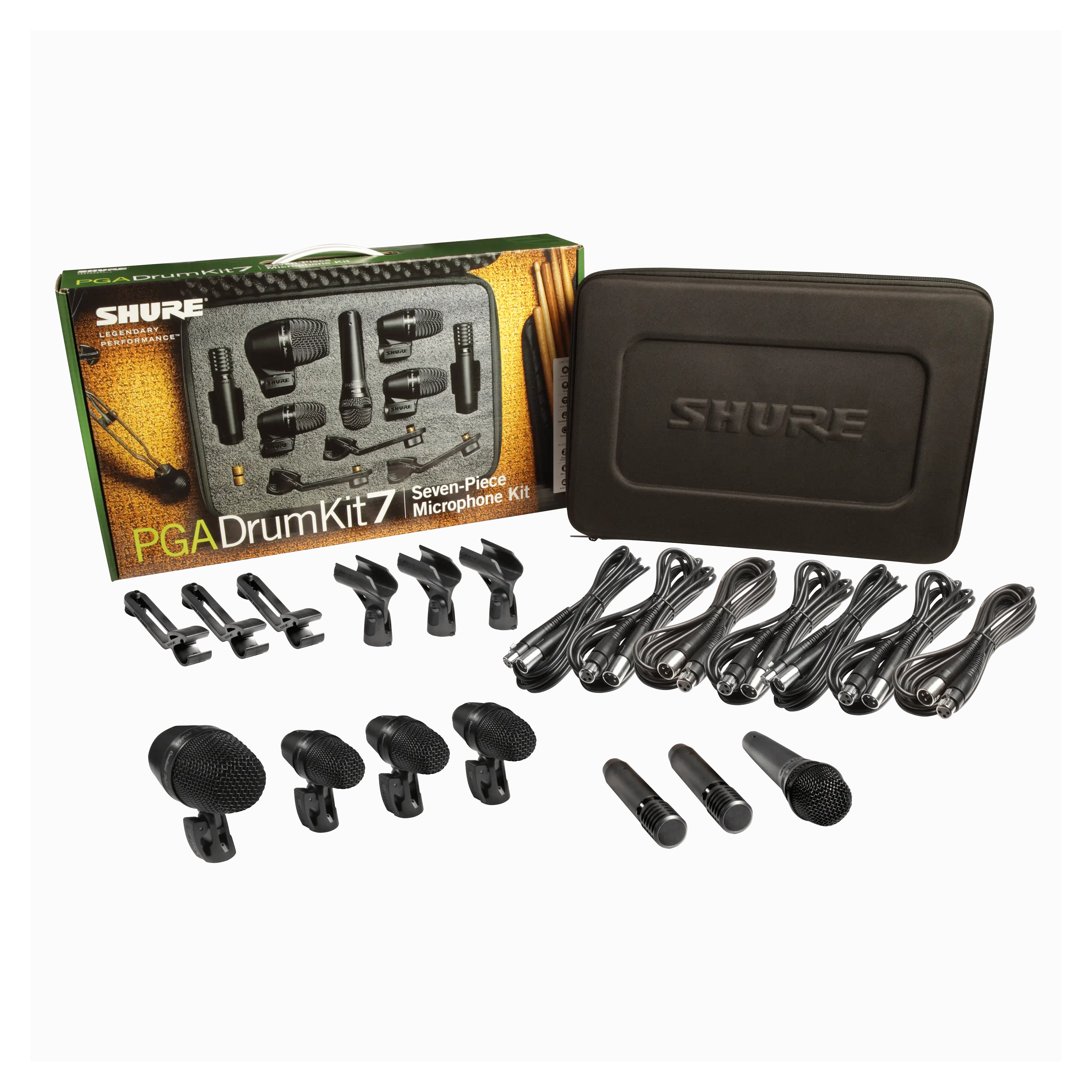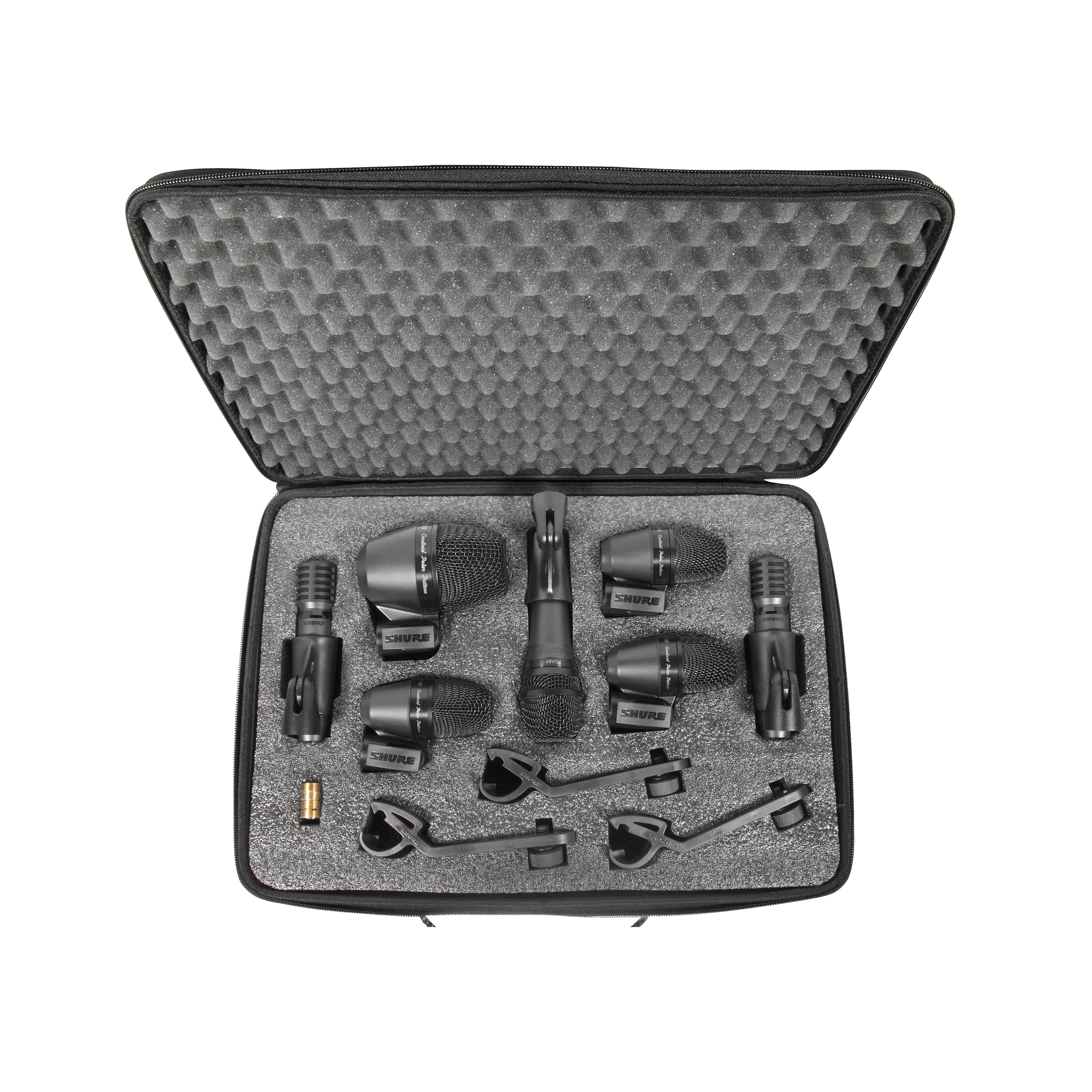Thump for Your Rump: Why Drummers Need Tactile Monitoring

Never heard of tactile monitoring before? LOUDER reveals how TIM PORTER and DIL DAVIES are shaking the drum world from the bottom up.
Tim Porter never imagined he’d end up buzzing the backsides of the world’s greatest drummers.
But the vibrating thrones made by his company Porter & Davies are the answer to an eternal drumming conundrum: What to do when the bass out front is making the crowd’s knees tremble, yet it’s nearly impossible to feel the kick on stage at all?
“It’s a common problem,” says an affable Porter while home in England before preparing to go on tour with his old friends from the UK folk rock outfit Oysterband.
Of course, if a drummer can’t hear the low end, it’s hard to find the groove. The result is normally playing harder than necessary or desired – which can end up ruining an entire set. But so-called tactile monitoring, which uses bone conduction to transmit the bass frequencies up the spine to the drummer’s inner ear, is an innovative solution to an age-old problem.
Though Porter has always had a knack for electronics – he started tinkering with old tube radios at the tender age of nine – his path to making the ultimate in low-end drum monitoring was a winding one.
He started out in the music business as a backline technician before becoming a successful sound engineer and touring with the likes of Hawkwind, The Jam and Stiff Little Fingers.
“It all came about after a rough show when Dil Davies was having monitor trouble,” Porter explains, mentioning the Oysterband drummer who is now his business partner. “With my technical skills I thought, I can do better.”
Tank Tough
Davies agreed to pay £700 ($935) for parts sourced from what the US military uses for its tank and helicopter simulators. A few months later, the first prototype was ready.
“I was so proud of this thing,” Davies tells fellow British drummer Joe Crabtree in a podcast interview. “I played it to all my pro drummer mates and they all said: ‘I’ve got to have one.’ And Porter & Davies was born.”
At first, they called the bone conduction device the Bum Chum, aiming for something catchy like Cry Baby wah-wah pedals. “Then somebody googled it,” says Porter, explaining why they eventually switched to more innocuous BC2 product name.
Unlike more common “butt-kicker” units simply strapped onto the side of a throne, the BC2 monitoring system is built inside the seat and uses a massive 1,000-watt driver. Instead of just tapping the seat, bone conduction conveys the audio signal from the kick drum mic straight into the skull of the person sitting on the throne – silently.
This makes it as appealing to drummers playing incredibly loud stages (think Porter & Davies customers The Who, Anthrax and Red Hot Chili Peppers) as well as those working in extremely quiet environments.
“Theater players love it. They’re not allowed loud monitors,” says Porter.
Perfect Pairing
Tactile monitoring for the low-end really comes into its own when paired with in-ear monitors – an unbeatable combination for drummers of all stripes.
“It’s really amazing,” says Crabtree, who drums for classic rock band Wishbone Ash, referring to Porter’s creation. “The in-ears and that is all need. I get the low end from the stool and the rest in my ears.”
Plus, being able to get subwoofers off the stage means lower frequencies are no longer flooding the whole area, allowing sound engineers to place mics farther away from the rest of the drum kit. This, in turn, lets the toms really ring and breathe.
So, the next time you’re having a hard time feeling the bass, remember you might just need some more thump for your rump.
This article originally appeared in the print edition of LOUDER Drums.


